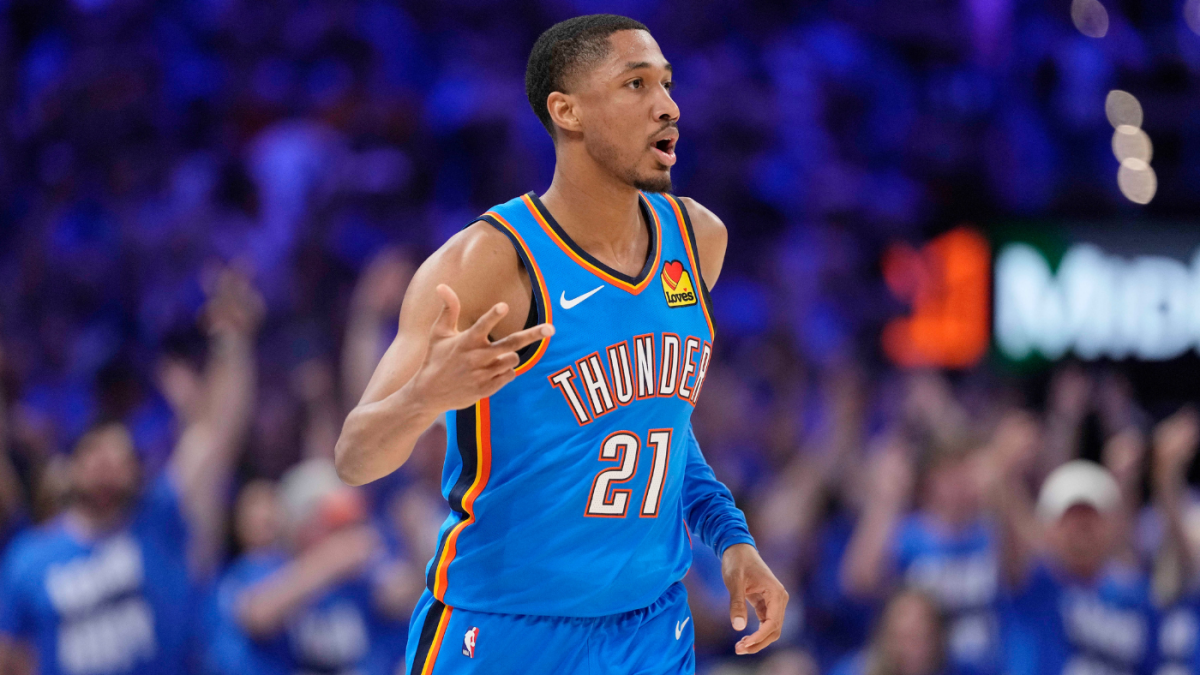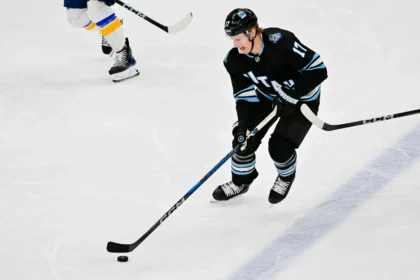The NBA’s newest collective bargaining agreement, particularly its well-documented tax apron, is reshaping how teams build championship-winning rosters in 2025. The key focus is on depth. For example, Aaron Wiggins played a pivotal role off the bench in Oklahoma City’s decisive Game 2 win over the Pacers, delivering 18 points in just 21 minutes by hitting five three-pointers and posting a game-high +24 plus/minus rating.
Wiggins, a 26-year-old 6-foot-6 wing known for his shooting, defense, and playmaking, typifies the modern two-way NBA player. Yet, he remains undervalued on OKC with a five-year contract worth $47 million that decreases annually—from $9.7 million in 2025-26 to $7.9 million for the 2028-29 season (with a team option). These reducing salaries help the Thunder manage their finances under the luxury tax, making Wiggins an exceptional bargain. Given Wiggins’ durability and the rising salary cap, OKC is likely to keep him through 2028 as his contract offers both financial relief and basketball value.
On other teams, Wiggins might be a key starter or a major bench contributor. But in Oklahoma City, he’s the eighth player in the rotation, playing limited minutes in some games but delivering crucial impact when called upon. This highlights the importance of building a deep roster with affordable contracts to balance the salaries of star players like Jalen Williams and Chet Holmgren when they need extensions. The Thunder’s strategy relies heavily on future draft picks and cost-efficient deals to assemble valuable depth that supports their top talent, something other teams like the Suns have struggled with despite star players like Kevin Durant, Devin Booker, and Bradley Beal.
Indiana showcases similar depth, deploying a 10-man rotation with impactful players like TJ McConnell and 2023 first-round draft picks who have contributed significantly, helping the Pacers secure three wins against the Thunder. Although the Pacers use more players overall, Oklahoma City’s bench quality is superior. Beyond Wiggins, players like Alex Caruso and Isaiah Hartenstein bolster the Thunder’s depth, with Caruso adding 20 points and four three-pointers in Game 2, and Hartenstein making key contributions on defense and rebounding.
The NBA’s culture is copycat-driven, with teams eager to replicate successful blueprints. While not every team can get stars like Shai Gilgeous-Alexander or Tyrese Haliburton, building depth through savvy picks and role players is essential. The challenge lies in acquiring and retaining players willing to embrace smaller roles despite their talents. For the Thunder and Pacers, this approach has paid off, explaining their strong playoff showings so far.
Fan Take: This shift towards valuing depth over mere star power signals a new era in NBA team-building, emphasizing smart financial management and versatile role players. For basketball fans, it means more competitive games and unpredictable outcomes, making the playoffs even more thrilling to watch.



